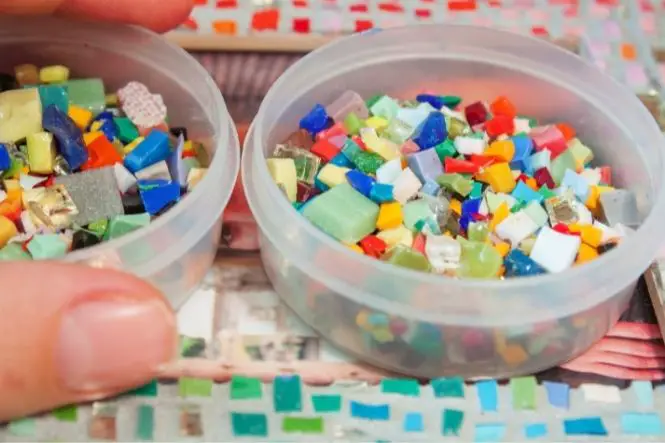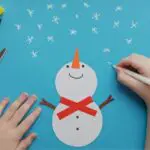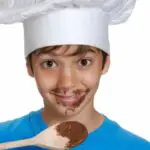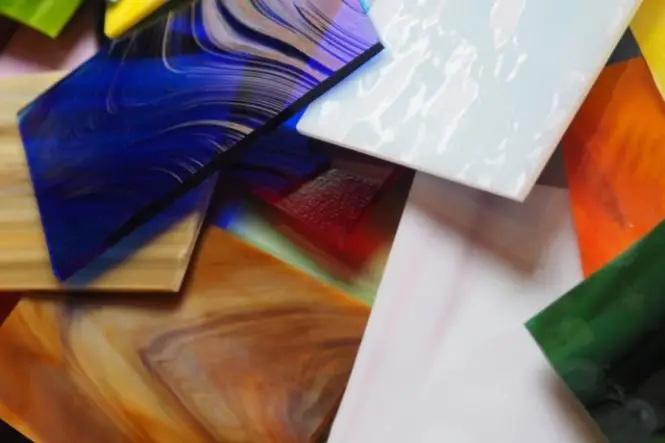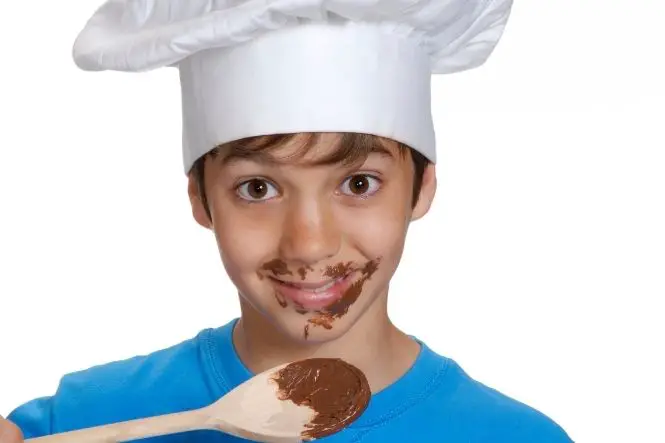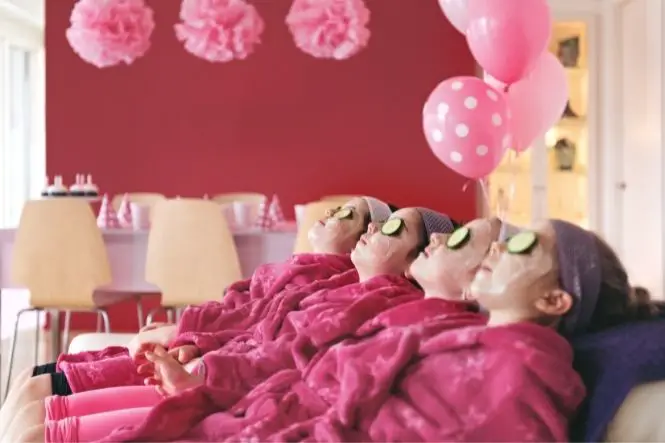The art of mosaics may be centuries old but it’s still a craft for today and ideal for children. Incredibly versatile and striking, mosaics are all about using tiny pieces of coloured materials to create a larger overall image, picture or pattern.
For the young artist, mosaics offer them ‘time out’ occupied by something that needs a little concentration, plenty of design skills and lots of creativity. For younger children, handling tiny pieces to make up the mosaic and putting them in just the right place is also a good way to develop their fine motor skills.
A World of Ideas
One of the best things about mosaic making is the vast range of ideas to try which are easily adapted to suit young children, older siblings and even adults. You can also use mosaics to suit any theme or season.
Many mosaics projects are put together with things you find around the house:-
- pieces of torn coloured paper from glossy magazines or wrapping paper.
- crushed eggshells.
- Seeds, beans and pulses.
Eggs shell Pictures
For this simple but satisfying project, you need:-
- discarded egg-shells
- stiff paper or card
- white Vinegar
- food colouring
- felt pen
- PVA glue
Make sure the eggshells are clean and dry. Separate them into shallow containers. Cover the eggs shells with water and add a few drops of food dye to the fluid. Little artists need to become little scientists experimenting with the amount of dye they use and the colours they can produce. Add a few drops of vinegar to the solution, this helps the dye to set properly.
For more intense colours, leave the eggshells to soak overnight or for just a few hours. Before, you start, it’s essential to make sure that your newly dyed eggshells are perfectly dry. Crush the shells into mosaic pieces. Kids love this bit but try to make sure you end up with a selection of sizes and random shapes for an interesting end result.
Start by choosing a simple design or random pattern and make the basic outline on the paper with a thick felt pen.
The kids are ready to start their mosaic by applying a thin layer of PVA glue in one small patch of the paper and applying the pieces of mosaic carefully. As they work prompt them to think about shape and colour, it’s a bit like designing a jigsaw.
Don’t forget that PVA glue dries clear so even a thick pasting by younger artists won’t ruin the overall effect which is rarely anything other than stunning.
This craft is easily adapted to create some really effective greetings cards. Replace the paper with stiffer, folded card. Using eggshell makes it particularly appropriate for an Easter craft project.
Another good use of eggshell mosaics is to use it to decorate objects like vases. The same method and materials are needed. For a more permanent effect, cover the finished mosaic with some clear-drying varnish.
Paper Mosaics Using paper for the mosaic squares is very satisfying , everyone has the raw materials lying around their home. The project is particularly interesting if you use cuttings from magazines. This adds interesting features and patterns to the finished design. It also encourages kids to look at images in a different light. A picture of lush green foliage in a magazine can be transformed in to a luxuriant sweep of hair in the mosaic image. This creative idea is particularly interesting to older artists.
Try these ideas:-
- Challenge older children to make an ‘abstract’ mosaic from magazine cuttings. They can make a striking image with interesting detail when the viewer looks closely at the mosaic squares that have been used. Encourage them to devise some really interesting themes, such as creating a landscape from different coloured letters or a face made from tiny squares of magazine made up from other faces.
- Think about decorating 3D objects like jars, vases, boxes or picture frames.
- younger children may like to attempt a colourful, random mosaic that can be laminated to make a unique placemat.
- Use a paper plate as a base for your mosaic.
Seeds and Beans
Dried pulses, seeds and beans make excellent natural mosaics. Nature supplies some wonderful materials in a rainbow of colours, shapes and sizes.
You need a solid base for these mosaics as the finished article will be much heavier but you can still apply them using PVA glue. A good base is a shoe box lid, it’s substantial with a raised frame to make the craft activity easier for younger children.
Mosaics aren’t just for Romans, an ancient craft with plenty of modern day appeal using items found in any household. It requires lots of creativity, planning and concentration but the end result is very satisfying.

